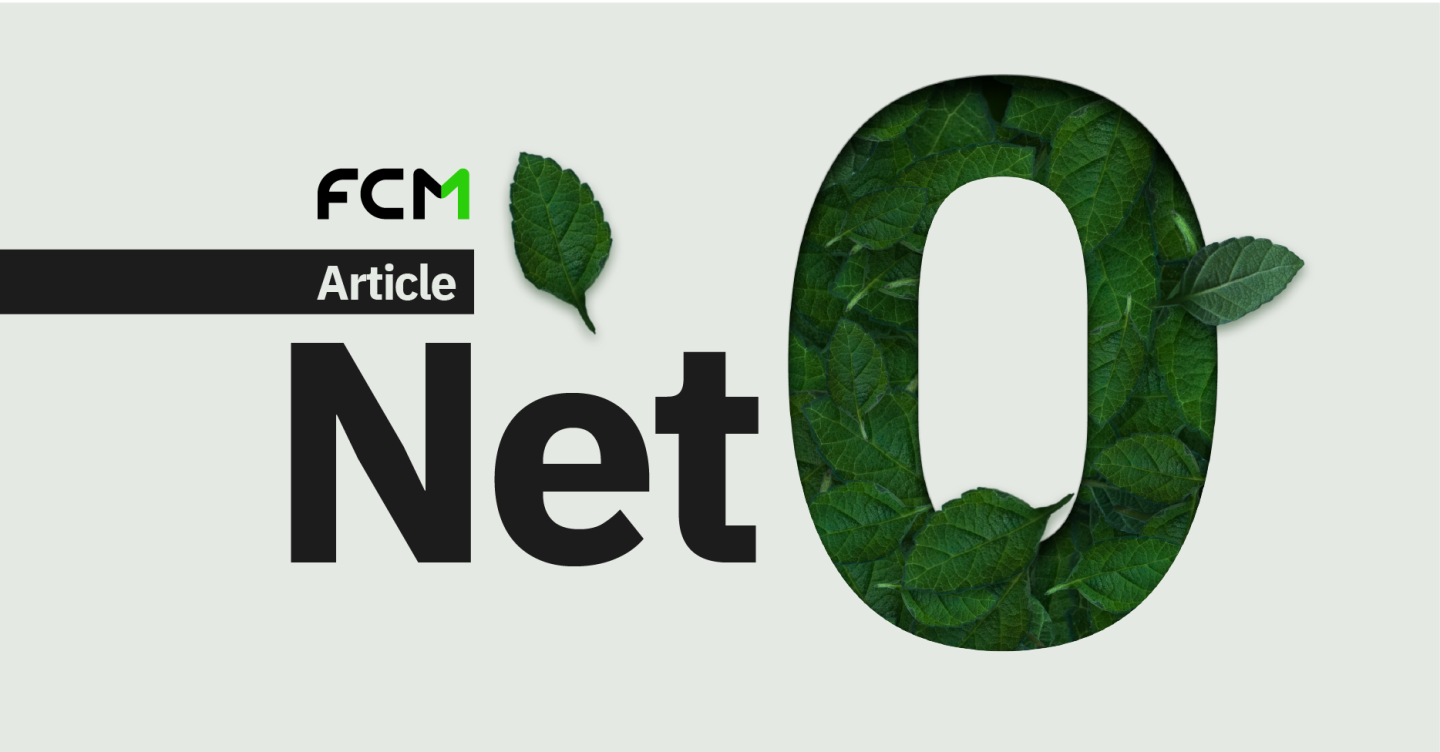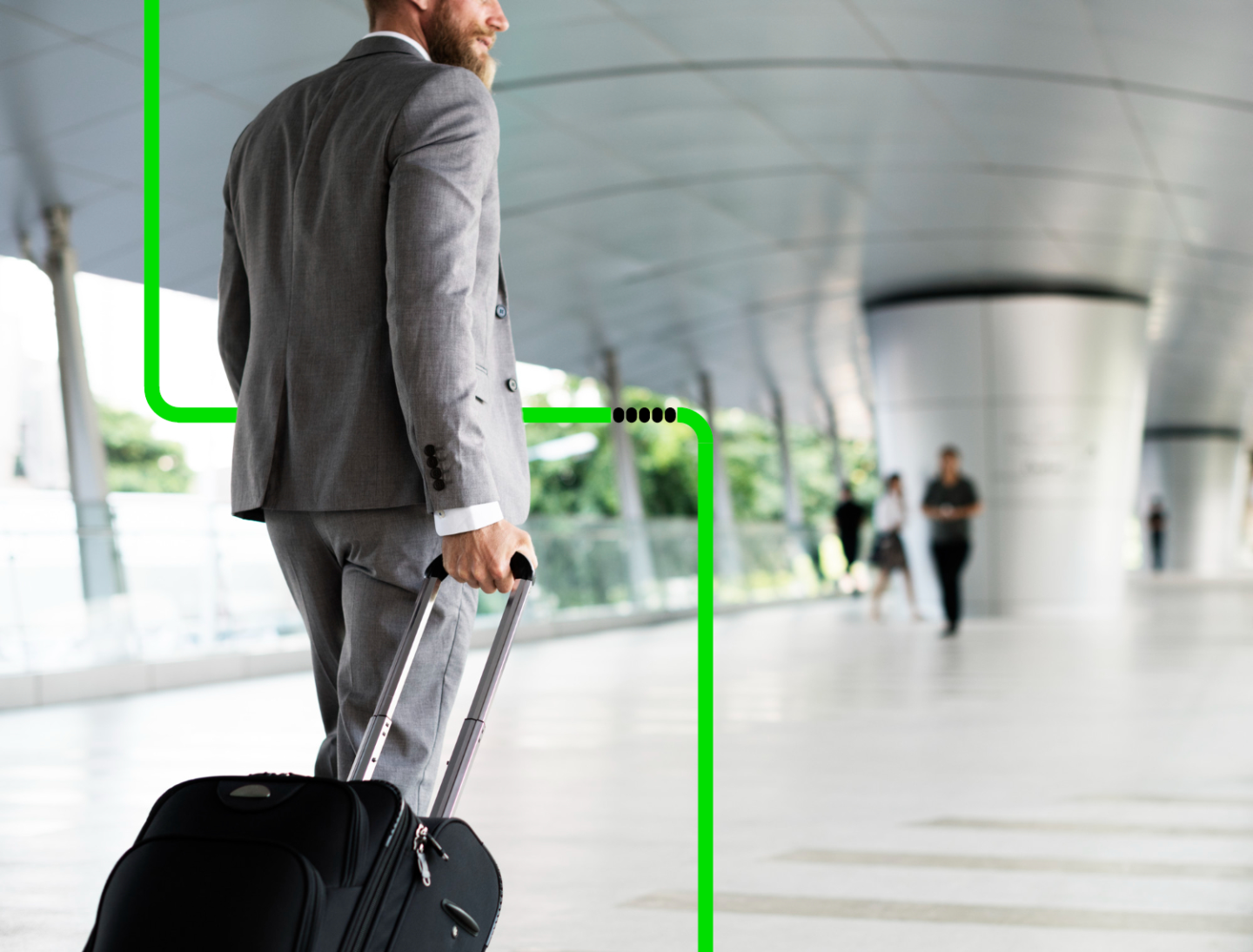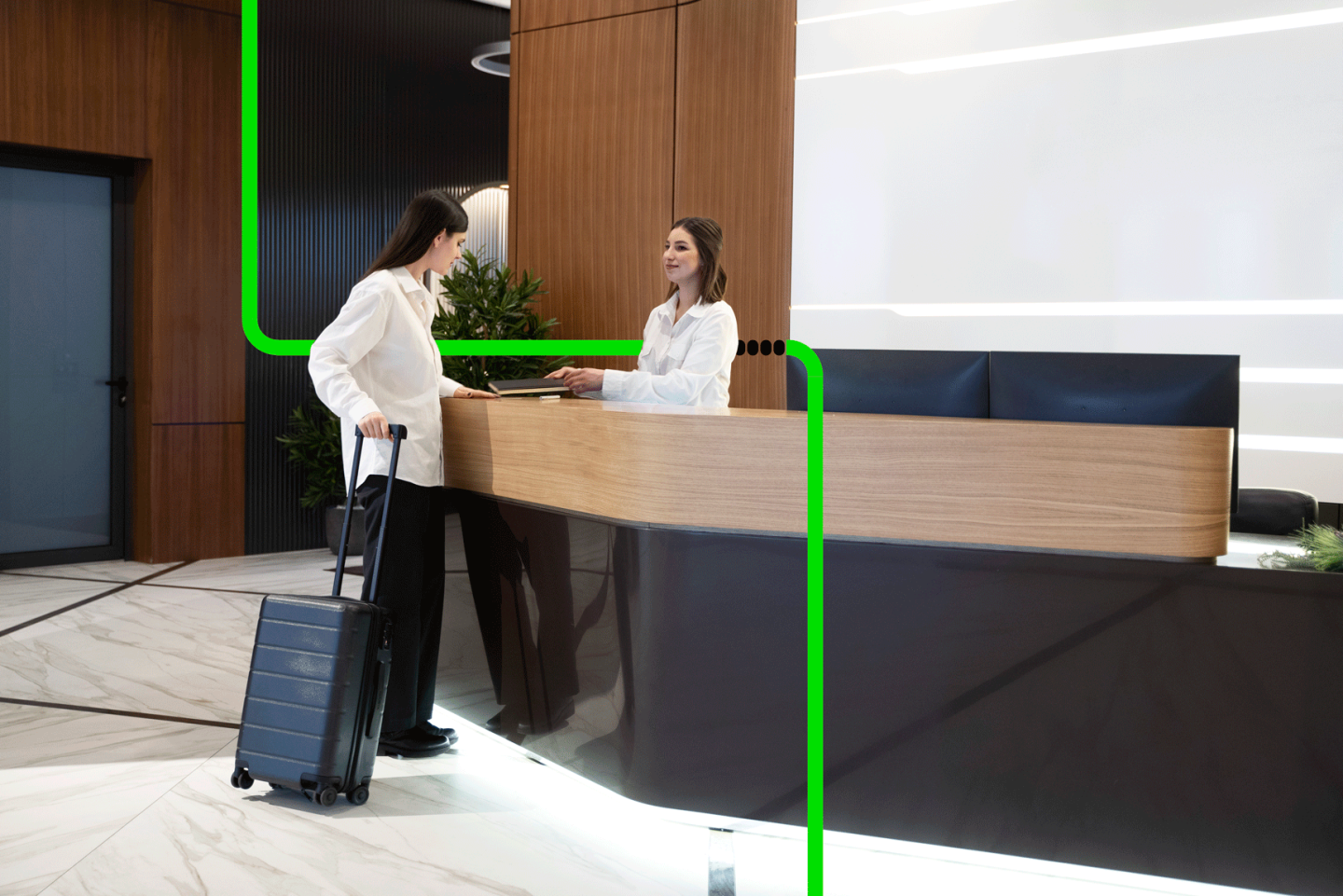INSIGHT
Practical steps on the path to net zero!

The quest for "net zero" or "zero net emissions" is a very ambitious goal for many companies.
According to the Paris Agreement, emissions must be reduced by 45% by 2030 and reach net zero emissions by 2050. The goal is to limit global warming to 1.5°C.
What does net zero emissions mean?
"Net zero emissions simply means that greenhouse gas emissions are reduced to as close to zero as possible, with the remaining emissions in the atmosphere being reabsorbed, for example by the oceans and forests.
Source: United Nations website, see here.
Be careful not to confuse this with carbon neutrality. The latter is achieved by a company when CO2 emissions are offset by an equivalent volume through carbon credits.
There have already been movements in the travel sector to achieve this target. Below are some ideas from the FCM Consulting team.

Travellers
1. Make your ESG goals public. What does your business stand for on the topics of environment, social and governance?
2. Educate traveller and bookers on what it means and the choices they have; be prescriptive and concise on what is expected of them.
3. Train staff to be eco-travellers. Travellers are more informed and their preferencing is shifting. Organisations need to recognise that travellers can play a part in reducing CO2 emissions, but it needs to happen prior to a booking.
4. Enable your travellers. When searching for flights, hotels, rail or other transport, travellers and bookers can now identify sustainable choices through carbon emission displays or pop-ups.

Workflow
-
Re-invent your travel policy. Your ESG travel strategy needs to be embedded in the actions of your travellers.
-
For tighter control pre-booking, review travel approval workflows to determine if your travellers/ bookers need a tighter rein, and/or if travel needs to be assessed by carbon impact.
-
Review your OBT(s) and travel apps to ensure they can guide and influence sustainable bookings behaviour.
-
Use your TMC to help guide and direct you, they’re the experts. From front office to back-office platforms, there are a growing number of changes and innovations from suppliers that feed into the TMC.
-
TMCs have a wide array of reporting and analytics to breakdown your emissions by travel product, and dive into and track your business’ reporting line structures and usage.
-
If you’re going straight to offsetting emissions then engage resources and organisations that are solely focused on investment. Or if you want to keep it simple, engage your TMC and partner with their initiatives.

Travel suppliers
Ask your travel suppliers the right questions.
-
What demonstrated practices and initiatives do they undertake as a business?
-
How is their sustainability strategy weaved into the services and products they offer your business?
-
Do your supplier policies meet the predefined minimum criteria around sustainability that compliments or surpasses your own practices?
-
Openly ask suppliers to assist in evolving your practices.
-
What are your suppliers’ targets, how progressive are they?
Last but not least…
Remember that in Switzerland, if you want to claim that a product or service is "carbon neutral" or "net zero," it is generally advisable to present publicly the following information:
- An assessment of greenhouse gas emissions over the entire life cycle of the product or service.
- The expected emissions reduction pathway.
- The means of offsetting residual emissions.


